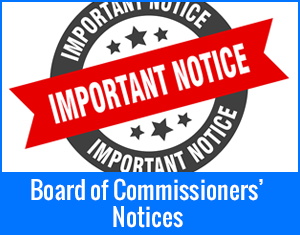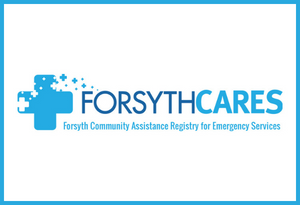- By April W Bowman
- Posted Saturday, September 24, 2022
Fire and Barn Safety
When is the last time you did a walk-thru of your barn looking for fire hazards? Consider items not only inside your barn, but also outside. Look at obvious things like electrical issues, and appliances such as fans, but also your storage of flammables such as hay. Learn more at https://www.equineguelph.ca/Tools/fireprevention.php#gsc.tab=0
You can reduce your risk of hay fire by following the tips listed at https://www.ndsu.edu/agriculture/ag-hub/preventing-hay-fires-due-excessive-moistureIf your hay temperature is above 175 degrees, or you smell smoke, call the fire department. The article above also details ways to distinguish a hay fire.
A common cause of barn fires is hay that is put up too moist. You can use a microwave to get a rough guess of the moisture content of your forage before baling. https://cropwatch.unl.edu/using-microwave-oven-test-moisture-content-forage-unl-cropwatch-aug-9-2012.
For more information, email, April Bowman, Extension Agent, Livestock, Forages, and 4-H Youth Development at awbowman@ncsu.edu or call 336-703-2855.










